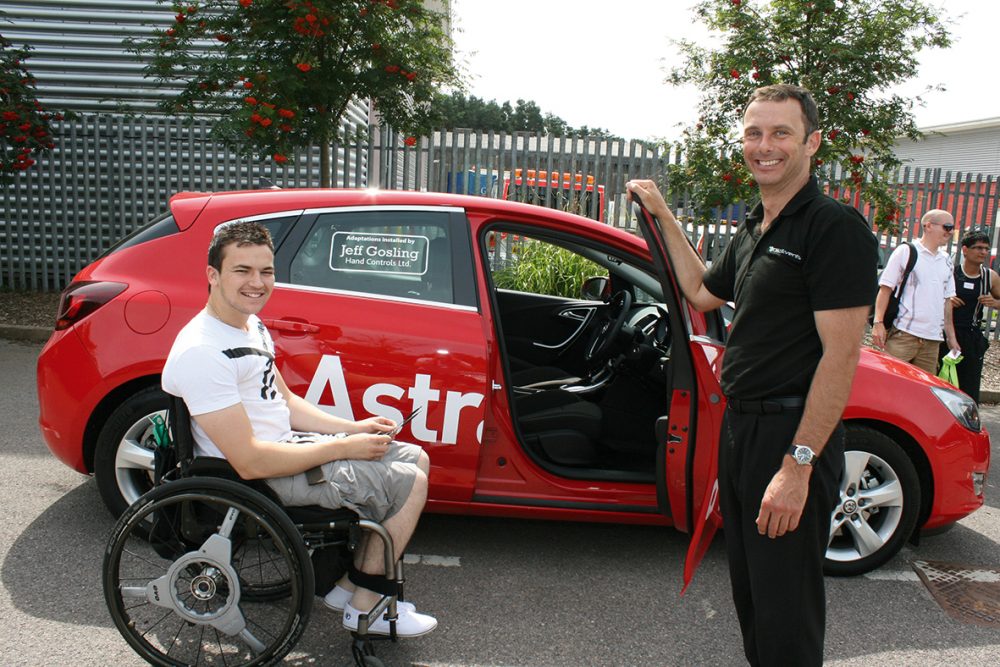
The spinal cord is an extension of the brain and is made up of a thick bundle of nerves. The nerves carry messages from our brain to the rest of our body. These messages help us to move our body, feel pressure and control vital functions like breathing, blood pressure, bladder and bowels. When the spinal cord is damaged, the communication between our brain and the rest of our body is disrupted, resulting in a loss of movement and sensation from below the level of injury. Damage to the spinal cord can be caused by a trauma like an accident, or as a result of infection or disease.The higher up you damage the spinal cord, the more movement and sensation will be lost.
- Damage to your spinal cord in your back will result in paraplegia. Paraplegia affects the movement and sensation in your legs and possibly some stomach muscles.
- Damage to the spinal cord in your neck will result in tetraplegia. Tetraplegia affects movement and sensation in all four limbs, as well as stomach and some chest muscles.
It is important to be aware that the loss of movement and sensation will vary from person to person, even with those who have damaged their spinal cord in the same place. (https://www.spinal.co.uk/learn/understanding-sci/)
If you have a spinal injury you must notify the DVLA and your insurer. An assessment will be required to determine what equipment would be needed to enable independent driving and vehicle access. Mobility Centres are able to assess driving controls and vehicle access. If you need to remain in a wheelchair to drive, the Centres can offer drive-from-wheelchair assessment.
Useful information
Back Up Trust: Your guide to car adaptations and vehicle conversions
Salisbury NHS Foundation Trust: Driving after a spinal cord injury
